Developers' panel
Sponsored by Scott Gilbert and the web developers' group here at SIUC, featured three people, all very different; two were professional developers, a third was an Art & Design professor here at SIUC, the best I could gather. Following is sketchy notes of things I again don't want to lose.UPS- brilliant, simple, organized by color. A good example of color used effectively in web design. BBC- another example.
The website is the storefront of the future. Your first impression of a business is through the website. First impressions are very important. People don't spend a lot of time cruising around: you have 1/3 of a second to catch your viewer's attention.
Kareem Rashid is an up-and-coming developer; people like his site because different things make noise when you mouse-over them; it gets annoying after a while, though. Developers are attracted; they always want to go there, and see what's new.
These days the web has moved up to #3 in the paradigm: business cards (1), letterhead (2), website (3), and envelopes (4). Align them. Make a single brand.
Introducing sound is the new thing, but it has a down side. The internet is the ultimate in instant gratification. People are in shopping mode- get in and get out. Get your information. If it's not easy to find, go somewhere else.
But the laptop has brought us from the desk to the couch. We are now competing with the cat and with other media for the attention of our viewer, who could very well be in bed for all we know. The laptop could be virtually everywhere, and is.
One developer spends time with communities, such as W. Frankfort & Murphysboro, trying to get them away from depressing and dry presentations of community (Here's our field, we'll give tax abatements, c'mon, Honda plant, please!) They're hoping for a dwindling market of opportunities, as fewer people are shopping for communities, yet in fact, plenty of people are shopping. And that's what they really want: people, a feeling, a warm feeling of wanting to be part of this place. How do you find the story? Get people to tell their story? Get a people-rich story? Silicon Valley made its name, supposedly, by being the first place to present itself as a single town (which one?) that was able to say, you can walk down the street here, buy a cappucino and a roll, talk to your neighbors. Now, it's a huge place, successful.
Designer's big challenge: there are always people there who are using the web for the first time. They don't know intuitively where to click. Form follows function, though sometimes good form becomes a talking point itself. Craig's List, the bane of newspapers, most hated website in the print journalism world (costing them millions, ruining jobs)- widest possible audience, ugliest possible site. Will have to upgrade, most certainly, as FaceBook did. Everything must evolve and get better; it's too easy to start a Bob's list and compete.
ETC.- a site for traditional artists.
Lots of people want to use video, but don't want to have to go through YouTube to do it (see SIUC's site).
Google makes its money from advertising; you bid on how much you want to pay per click to have your name listed on the side of Google searches. John Chou, what he did & why it works- why he's making $100,000 per month- read about it on johnchou.com, if I spelled that right. He's the marketing guru.
Animation used to be so expensive- how did they make it so common? Flash. Adobe Flash, to be specific. One developer had a vision of a rubix cube in which every side of every cube went somewhere- an interesting vision. Or a painting, turning into a puzzle, click on pieces and they turn into more. George McCloud is an internet artist. m & m commercials- an example of Flash live, done with MAYA. Developer's rule: Have the arsenal to defend the decisions you're making. Always use personal experience with a client to make it real (referring to getting clients to understand what viewers are seeing...
Companies are conservative, and will not take chances unnecessarily. Smart designers therefore will texturize, give a touch to a site, to show their personality. Some designing stories ensued, dealing with people who either knew or didn't know well, their own markets. Some success stories too. Web designing going on at the moment for WDBX (radio station), credit union, Murphysboro, & others. At the end of the day, there's something to be said for the person who pays the bills. Photo shots are much easier to get than they used to be; you used to have to hire a photographer & a model, etc., now you go to the web & pay a few bucks. ALIAS sketch allows you to draw stuff out; Adobe Illustrator and Photoshop allows you to play with stuff, the WAYCOM tablet (??) is waycool. Allows you to do all kinds of stuff.
Newspapers tried taking their brand onto the web, but it didn't work. Now, they're setting up regional networks where people tell their own stories, which then filter into the main system.
Some ideas I had:
1. connect ceslstudents weblog with whoever has posted most recently, so that there's a running tab on who's using what.
2. CESL You-Tube weblog, has to show movies, plant them, be a place to watch us in action.
3. surveymonkey- an easy enough way to ask people how they feel about our website, what they use, and when. And whether it's actually doing what it is supposed to be doing.
Thanks to Scott Gilbert, and the three panelists. I mean it.











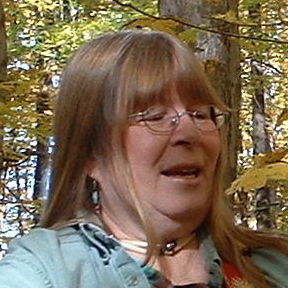




















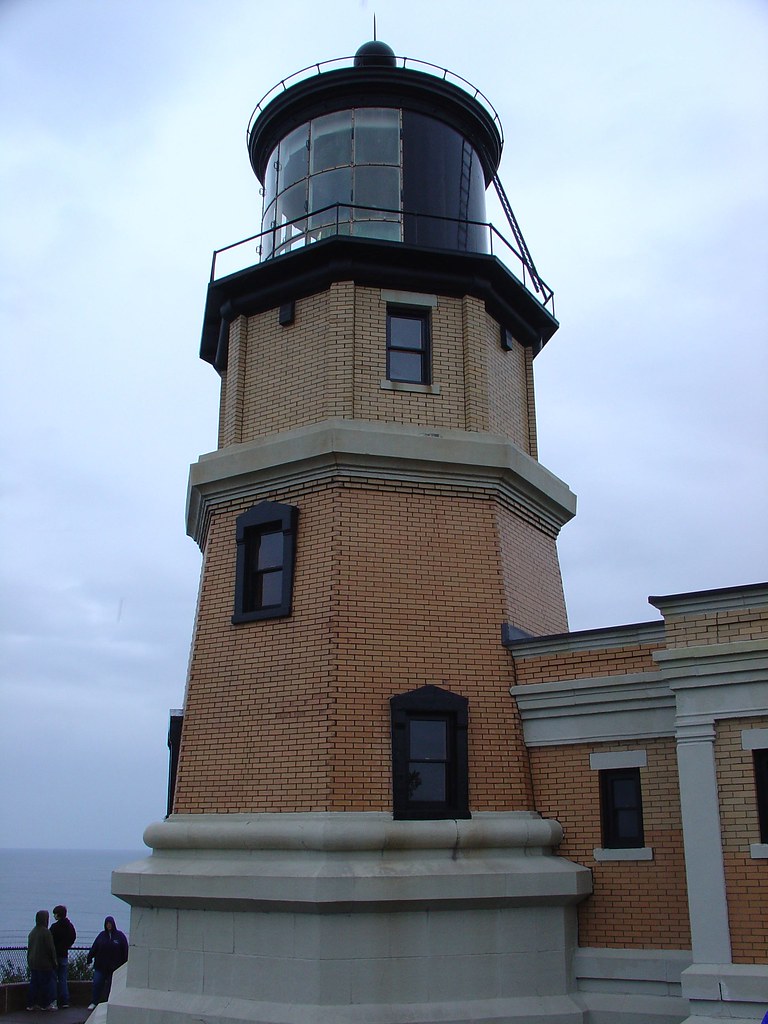











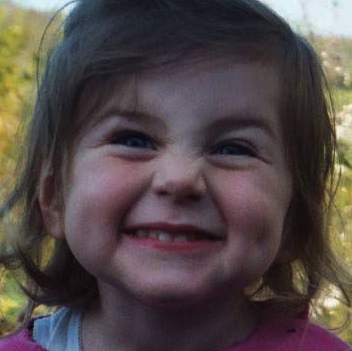
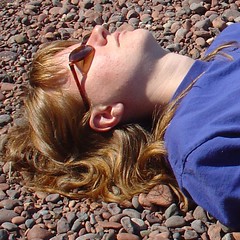
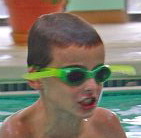

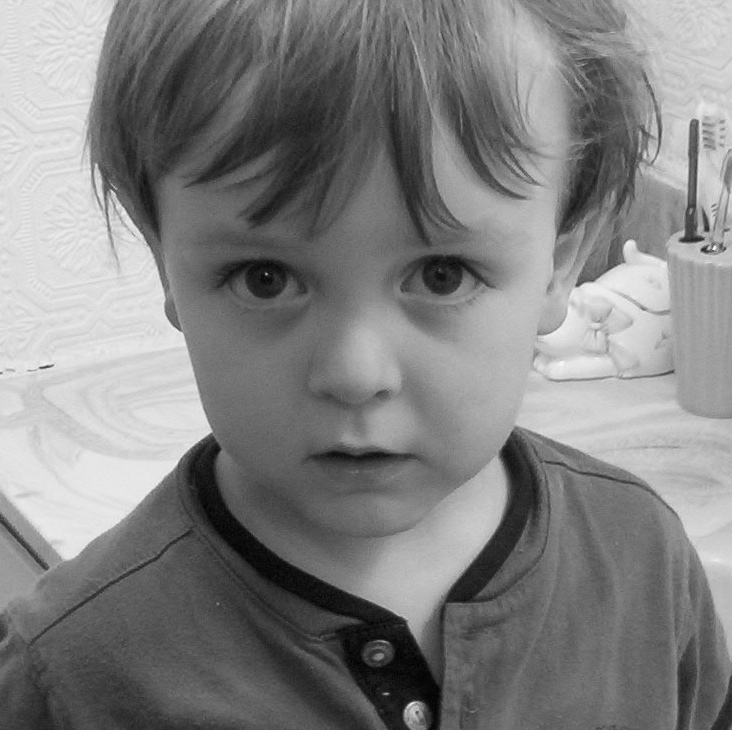
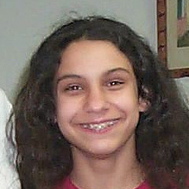
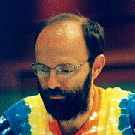




0 Comments:
Post a Comment
<< Home